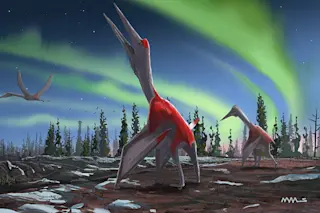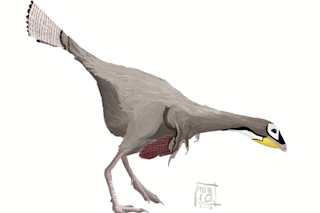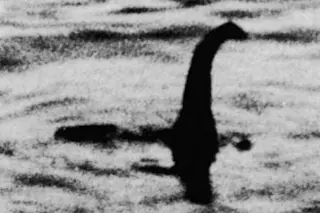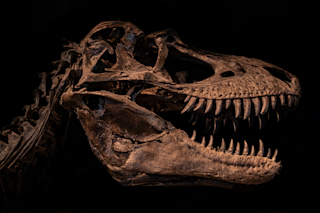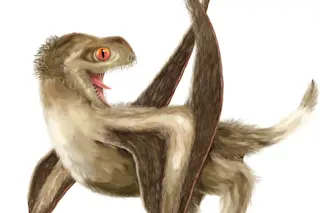(Inside Science) — A new species of giant pterosaur has been discovered in the Dinosaur Park Formation in Alberta, Canada, whose snowy, windy winters gave Cryodrakon its name. Based on the largest vertebra yet found of this species, adults may have possessed wingspans of roughly 10 meters (33 feet).
“That’s an animal probably comparable to a giraffe in height — more than 4 meters [13 feet] — and maybe 200 kilograms [441 pounds] or so, though estimates of mass especially vary a lot for this group,” said study lead author David Hone, a paleontologist at Queen Mary University of London.
Cryodrakon was a kind of azhdarchid, a group of pterosaurs named after the azhdar, a mythical Persian dragon. The azhdarchids included the largest flying creatures of all time, such as Quetzalcoatlus from Texas. Prior work suggested many previously unearthed Cryodrakon fossils were Quetzalcoatlus, but the new findings suggest Cryodrakon’s skeleton ...


